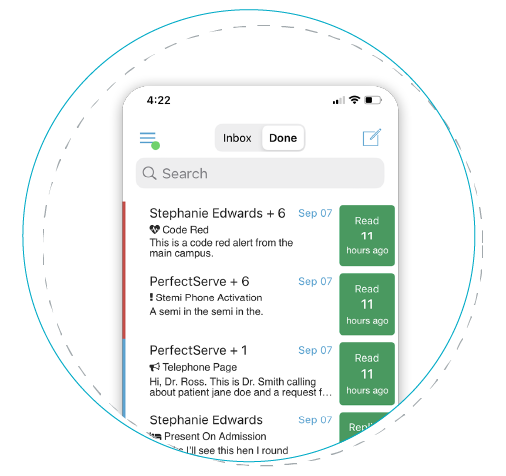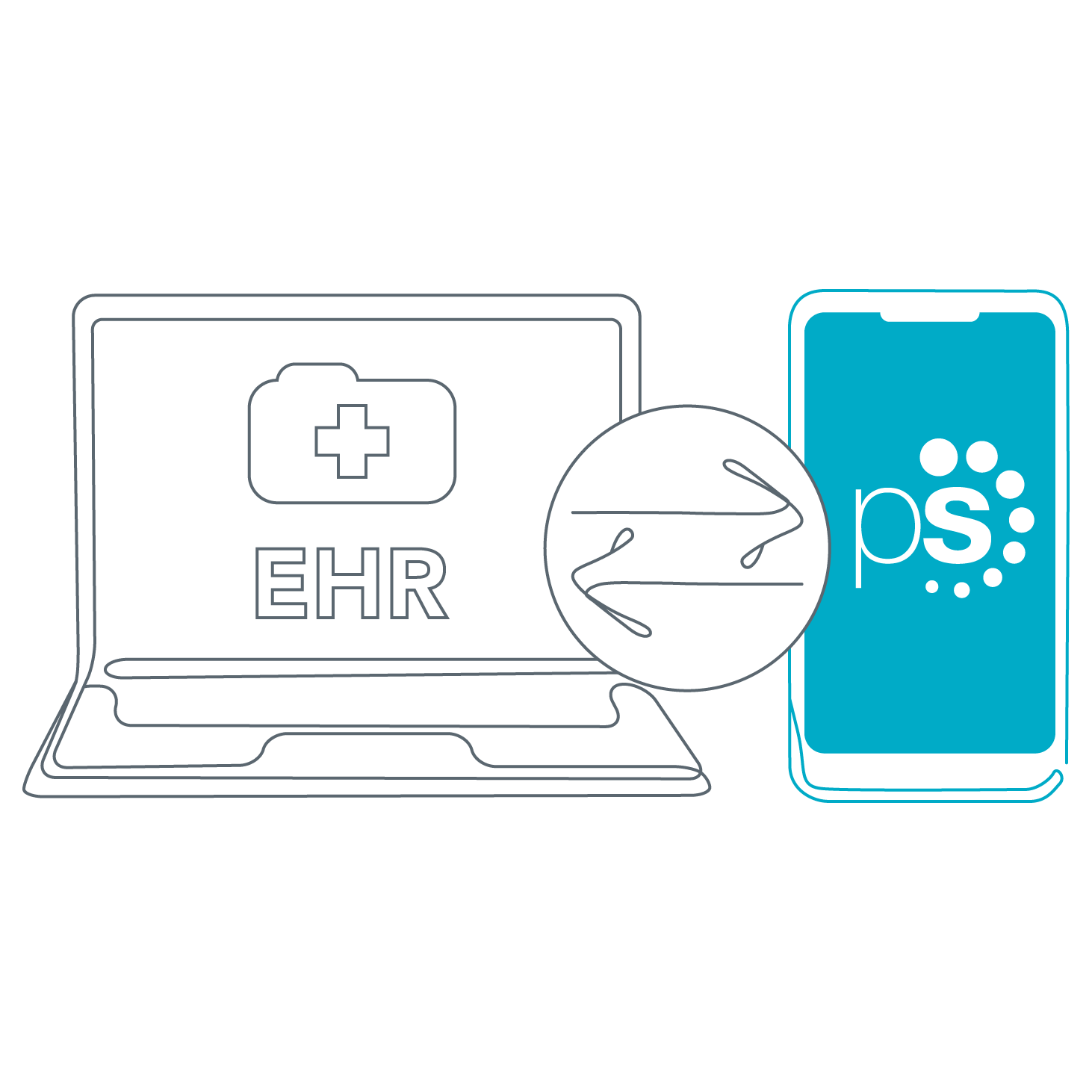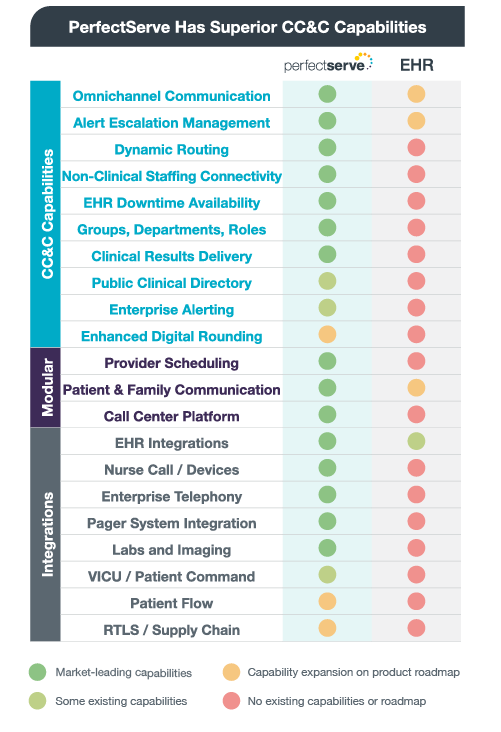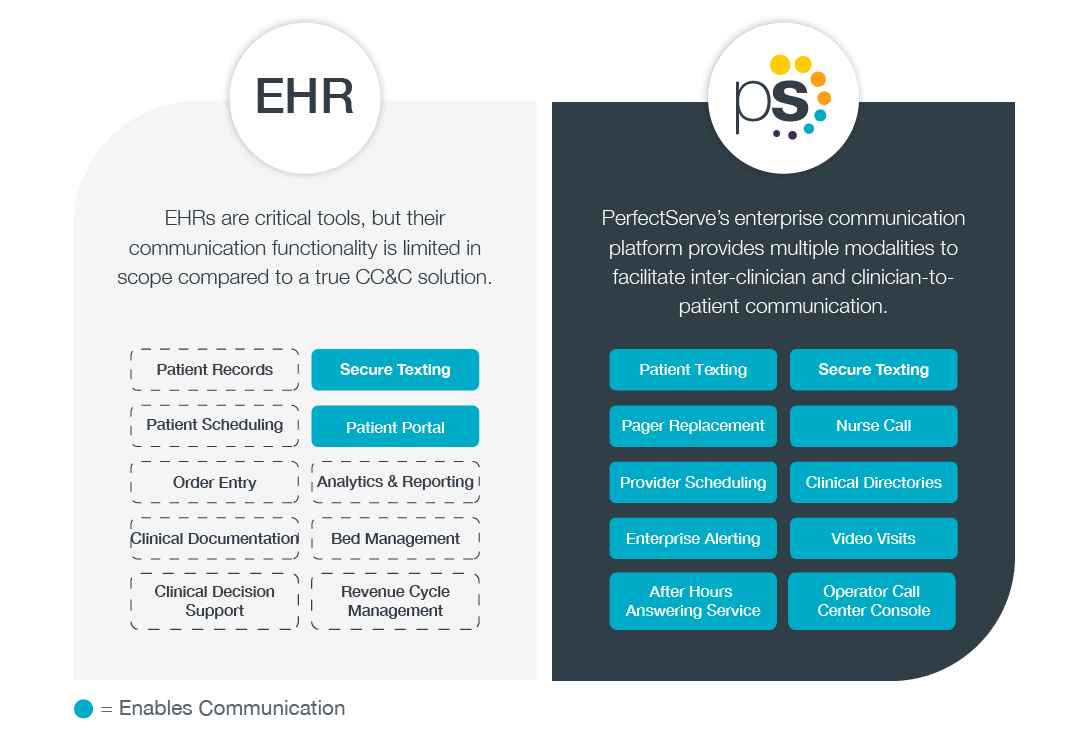Live Session
A Roadmap for Change Management Projects
Register NowEHR secure messaging is great for basic communication needs, but routing messages to the right individual based on role using multiple communication channels is a different story. That’s why your EHR works best when it’s paired with a dedicated clinical communication solution like PerfectServe.

PerfectServe’s mission is to drive positive outcomes by consolidating disparate systems
to make unified care team communication a reality.
EHR software transforms patient care in many ways, but communication is not
one of its main competencies.
PerfectServe will never replace your EHR, but it will make it a better communicator.


EHRs are critical tools, but their communication functionality is limited in scope compared
to a true clinical communication & collaboration (CC&C) solution like PerfectServe.

EHR-based secure messaging lacks complete communication and collaboration capabilities compared to
PerfectServe, leading to workflow inefficiencies and potential patient safety concerns.